24 Oct Loose Leaf Lovers: the complete tea brewing guide
Brewing loose leaf tea can be daunting and overwhelming. You might have heard that some teas are very sensitive to high temperatures, causing them to get quite bitter whilst others need to be steeped with almost boiling water…
In addition, there are different brewing methods which inform the ratio of the leaves to water as well as the brewing time. And well, don’t even get us started with all those re-steeps.
Are you feeling confused yet? Don’t worry – it’s actually quite simple once you break it down!
So without further due, let’s bring order and structure into your brewing routine once and for all.
Choose Your Brewing Vessel

Gaiwan
In China, tea is traditionally brewed in a gaiwan. It looks like a small handleless cup with a lid.
Gaiwans are often preferred by tea connoisseurs for brewing delicate or “tricky” teas, because they offer a lot of control over every aspect of the brewing process.
In China, it’s very common to use a large amount of tea leaves in a small Gaiwan (approx. 5g tea per 100ml water).
This makes the brewing time very short (approx. 20-30 seconds) and you can re-steep it about 8-9 times. It’s also common to have a tea tray, which accumulates any tea you might spill when pouring from a Gaiwan (it really is an art!). Also, some Oolongs and most of the pu erh teas require you to rinse the tea before brewing your first cup.
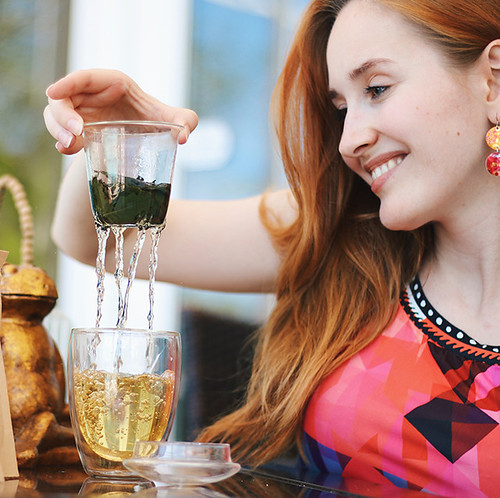
Western Brewing Style
In the Western world, we can brew loose leaf in tea pots, French press or mesh strainers. Mesh strainers can be very impractical, as they don’t allow tea leaves to expand properly and are incredibly hard to clean. Tea pots can be useful, however unless you’re serving a big group of people, it’s quite easy to over-brew your tea, especially if you’re serving dark and rich brews like pu erh or black tea.
Therefore, we would recommend getting an infuser glass, which makes it easy to brew a perfect up of tea each time.
Unlike our friends from the East, we Westerners use a much lower quantity of tea (1-2g) to a higher water ration (250ml) and therefore have to significantly increase the brewing time (2-3min).
Gaiwan vs. Western Style
The biggest difference between the traditional Gaiwan and the Western brewing styles is the ratio of tea leaves and water. With the Gaiwan method, you tend to brew a large amount of tea leaves in a small amount of water. That results in very short brewing times and lots of re-steeps.
Once served, the tea cups are also very small, which demonstrates the appreciation for the tea.
In general, the East-Asians value tea much higher than we Westerners do. You could compare it with going to a high-end restaurant. The portions that you get are usually very small, making the individual dish look much more special, than if you had a full plate.

Measuring Tea
Before we start putting down hard rules, we’d like to point out that drinking tea is a very personal experience and your taste will most certainly be different from ours. Therefore, your best bet is to just experiment and find out the right amount for yourself.
If you have a kitchen scale, it might be a good idea to weigh the tea before you put it into the cup for the very first time. Even if you do it once, it’ll give you a rough idea how much different teas weigh.
Kitchen Scale

Measuring Spoons

In some occasions you can measure tea in spoons. However, that’s not very practical when you want to brew the long leaves of Monkey King or the needle-like buds of Silver Needle… In this case you can either count the amount of leaves you’re using or just measure roughly.
The good news is – if you’re brewing good quality tea, you can never put too much of it – in the “worst case” you’ll be able to make more re-steeps, so no stress!
Measuring Temperature
Good quality loose leaf tea is usually quite forgiving to high temperatures, meaning that it won’t get bitter like bagged tea would. However, with some teas lower temperatures will bring out more complex and unique flavours, so it’s definitely worth experimenting! There are two ways you can control the temperature.
Tea-Kettle
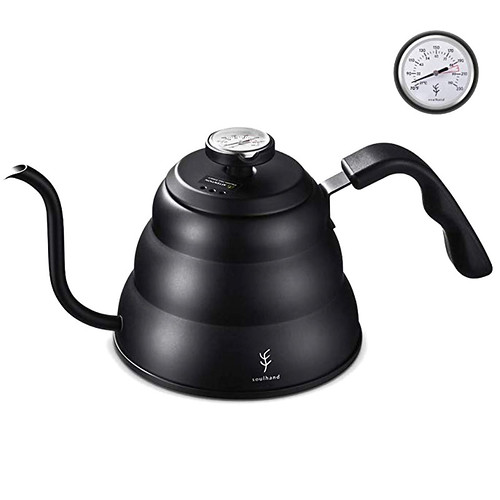
Tea-Mometer
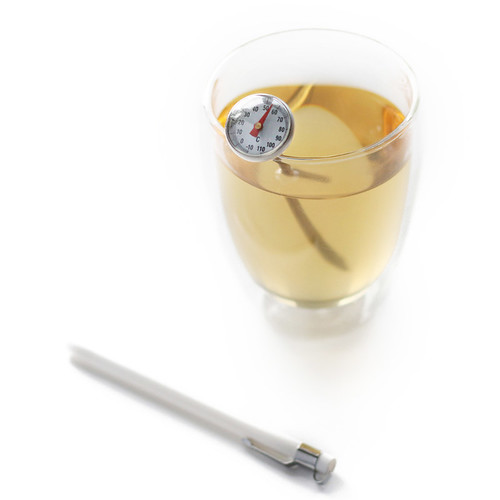
The Boiling Temperature Myth
Prepare to get your mind blown! At school we always learn that the boiling temperature for water is 100°C. Actually, that’s not always the case!
The boiling point of water depends on the atmospheric pressure, which changes according to elevation.
Water boils at a lower temperature as you gain altitude (if you heat water whilst on a mountain, it could start boiling at 80-90°C). Equally, it boils at a higher temperature if you go below the sea level, as it there is more atmospheric pressure. How crazy is that?
In addition, the boiling point of water also depends on its purity. Adding salt, for example, increases the boiling temperature point.
Water Quality
The quality of water has an immense influence on the taste of your tea. That’s why we would highly recommend to filter your water before you brew it, especially if its not ph neutral, too hard or has a mineral flavour to it. You can use a Brita filter or a Japanese bamboo charcoal, which is a simplified carbon filter.
Brita Filter
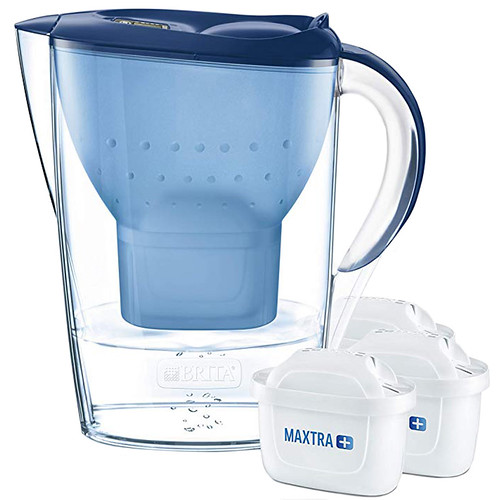
Charcoal Filter
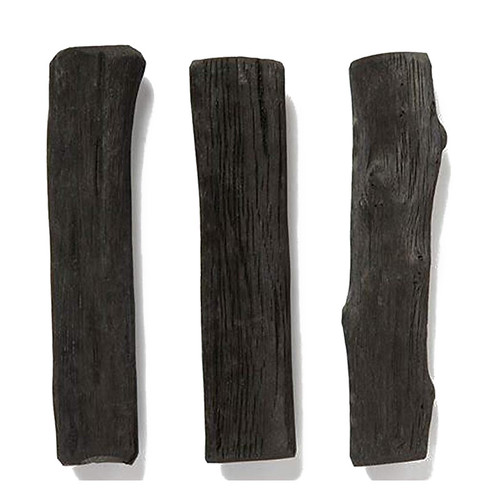
Brewing Different Tea Types
Now that you have all the tools and skills to brew a perfect cup, let’s discuss the brewing differences between the tea types. In this article we will focus on Western brewing style using our favourite 3-piece infuser glass (250ml).
White Tea
White tea is usually quite forgiving when it comes to brewing. It is hard to over-brew and it shouldn’t get too bitter if you steep it at high temperatures. However, lower temperatures might give you a more nuanced brew, so experiment and find out for yourself what you prefer.
Temperature
85-95°C
Tea leaves
1g (1 tbsp)
Brewing time
2-3 min
Re-steeps
3-4
Green Tea
Green tea is slightly more sensitive to temperature. Especially with Japanese green tea, you can extract much more flavour when brewing it in the spectrum of 65 – 70°C. Chinese green teas are more robust, however it’s a good idea to experiment with lower temperature and see for yourself how it affects the flavour.
There is a bit difference in size between a green tea like Gyokuro and Monkey King, making it hard to use a measuring spoon. We recommend using a kitchen scale or experimenting just experimenting with different volumes and noting down what gave the best results.
Temperature
75-90°C
Tea leaves
1g (1 tbsp)
Brewing time
2-3 min
Re-steeps
2-3
Oolong
Oolongs vary significantly in the level of oxidation. Some lighter oolongs like Tieguanyin or Anxi Ben Shan are much closer to green teas (you’ll recognise the low oxidation level by the green colour of the dry leaves). Therefore, brewing these teas at a lower temperature might bring out some interesting notes and flavours. However, in general oolongs are quite forgiving and can be brewed with boiling water.
Temperature
80-100°C
Tea leaves
1g (1 tbsp)
Brewing time
2-3 min
Re-steeps
4-5
Black Tea
If you like your black tea to be full bodied and rich, we recommend steeping it with boiling hot water. The quality of the tea leaves will inform largely the steeping time. If your tea has lots of broken leaves or has undergone the CTC (crush/tear/curl) process like most of the Indian teas do, the steeping time should be relatively short (2min). If your black tea has big unbroken leaves or buds, which you find with lots of Chinese black teas, you can increase your steeping time to 3-4min.
Temperature
95-100°C
Tea leaves
1.5g (1 tbsp)
Brewing time
2-3 min
Re-steeps
3-4
Pu Erh
Pu erhs can be bought as loose leaf tea, but more often you’ll find it pressed into tea cakes or touchas. In that case, you need a pu erh knife to unpick the leaves before you start steeping them.
With pu erhs, it’s important to give the tea leaves a quick rinse with hot water before doing your first steep. Particularly when it comes to ripe aged pu erh, this first rinse will help “wake up” the leaves and make them release more flavour. We would recommend to use boiling hot water and keep the brewing time relatively short.
Temperature
95-100°C
Tea leaves
2g
Brewing time
2-3 min
Re-steeps
4-5
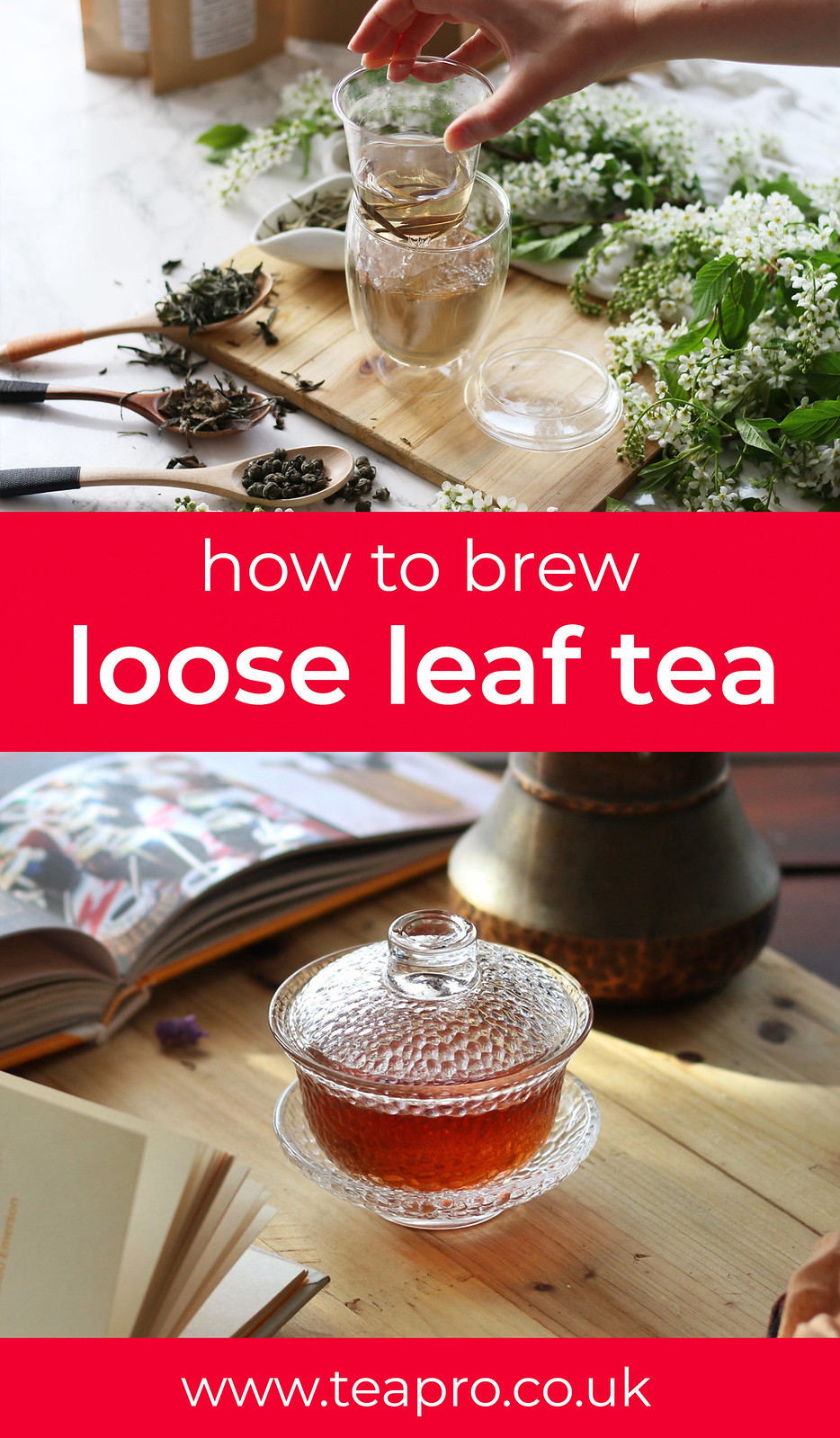

Teapro co-founder. Favourite tea - Long Jing Dragon Well Green Tea. Obsessed with film, photography and travelling.
- July 14, 2024
- October 8, 2023


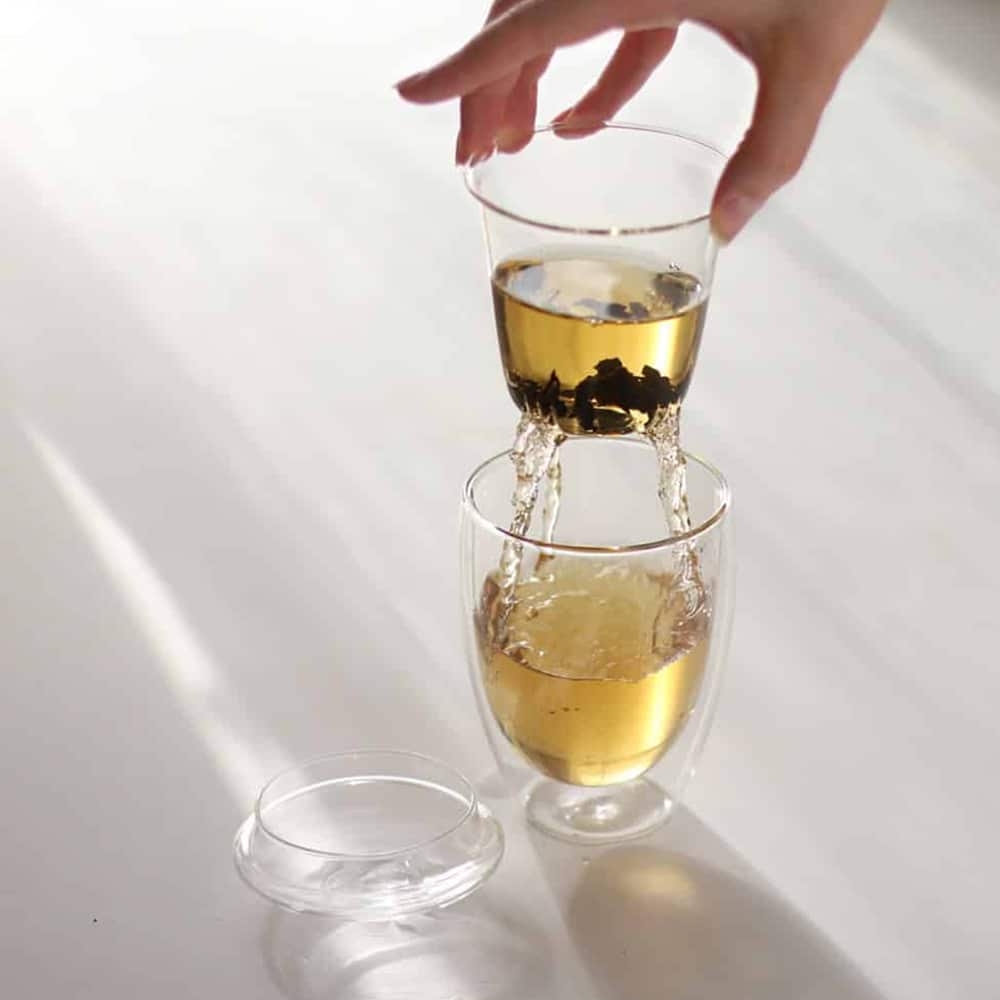
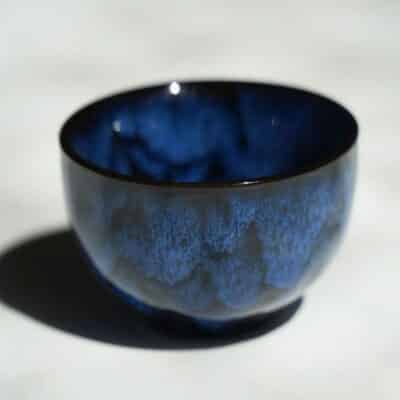
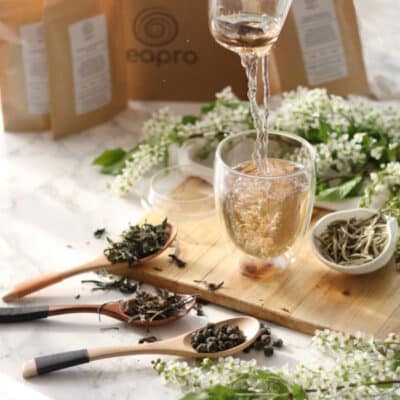
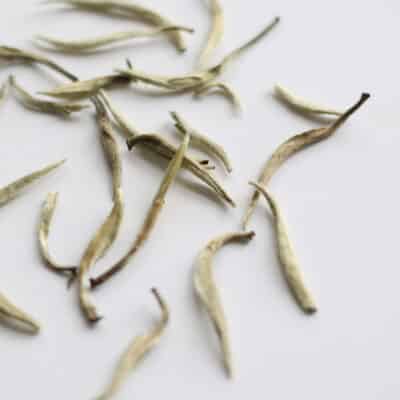
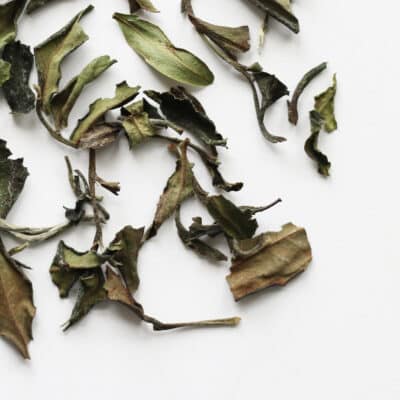
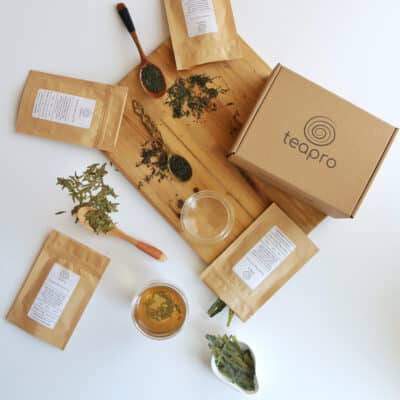
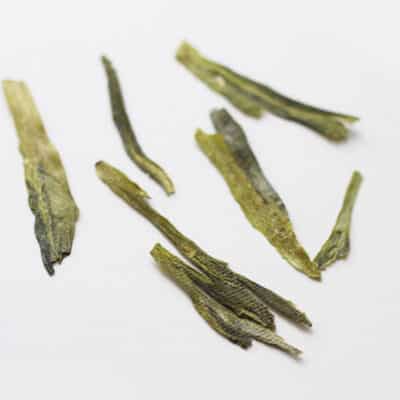
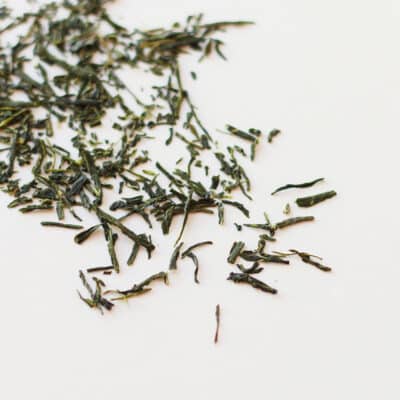
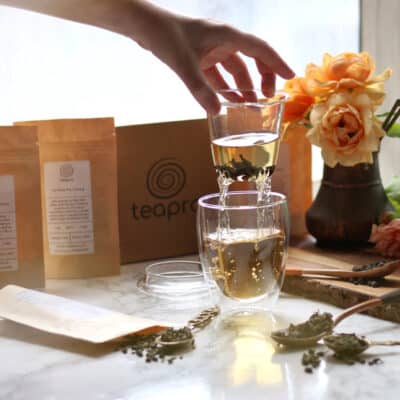
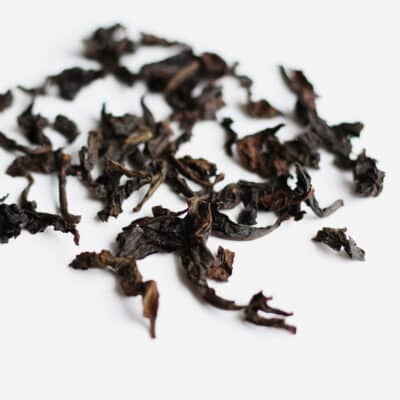
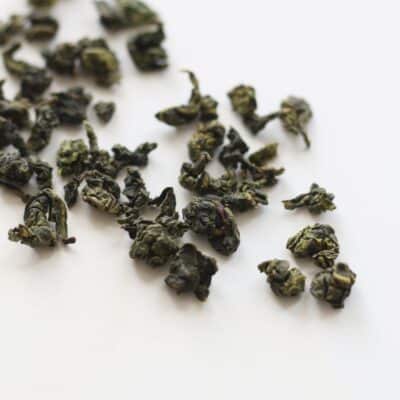
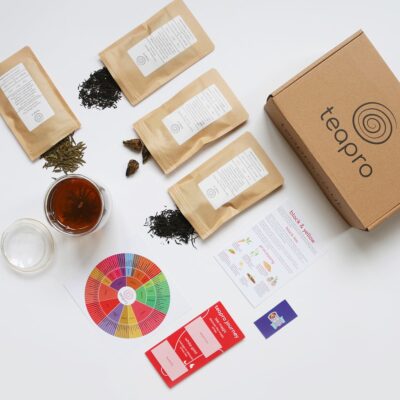
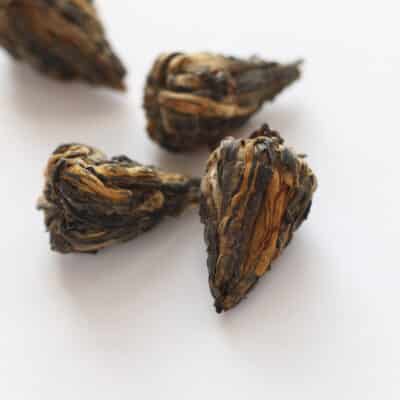
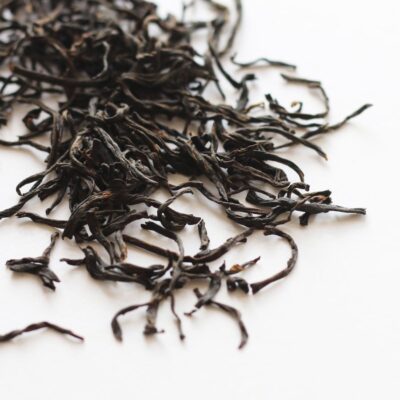
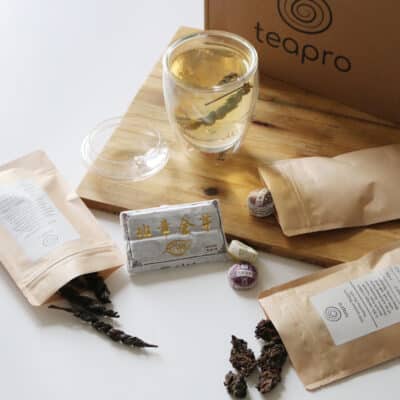
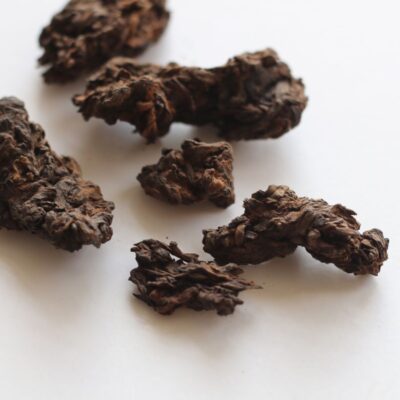
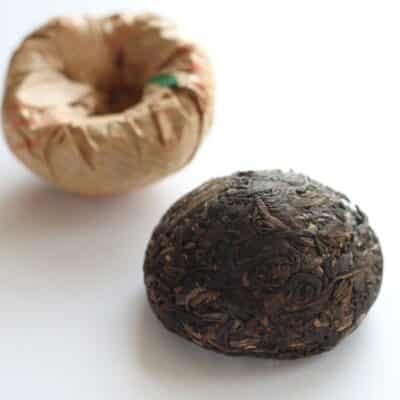




Karin Stobbe
Posted at 07:34h, 17 JulyI love the way you explain everything clearly and elaborated.
The free email course has so much information in it.
I received my first teapro subscription box a few days ago and I was positive surprised. I only can advise this to others.
Thank you!
Tatjana
Posted at 09:48h, 17 JulyThank you so much Karin! We’re so happy you’re enjoying our subscription!